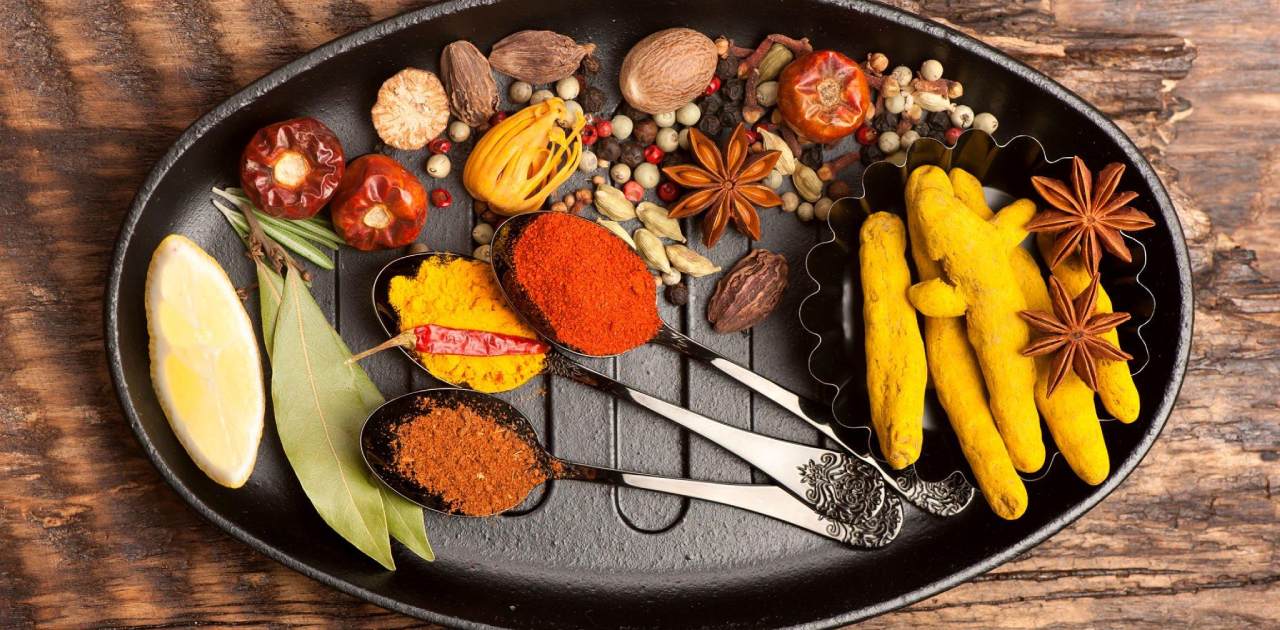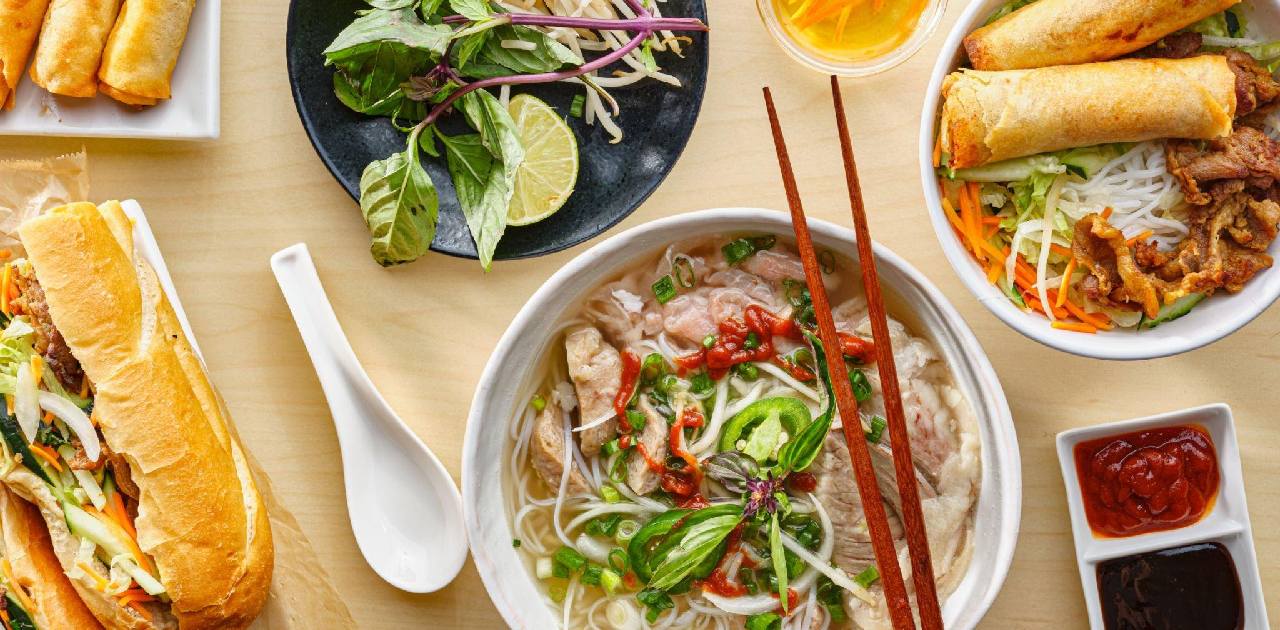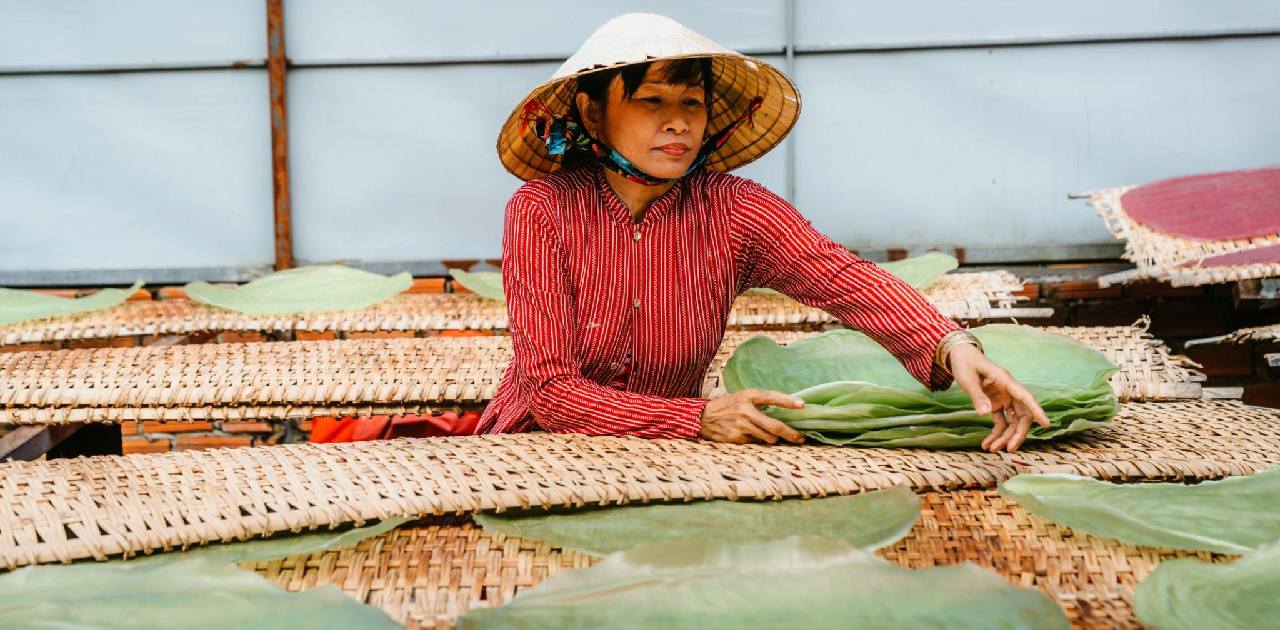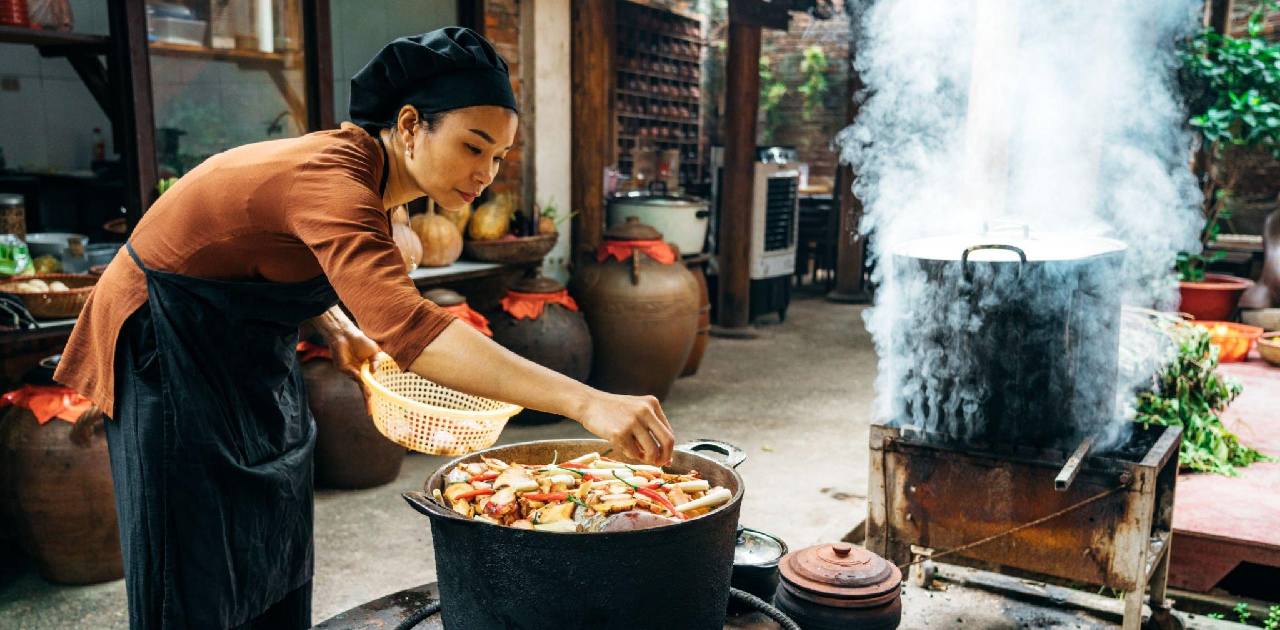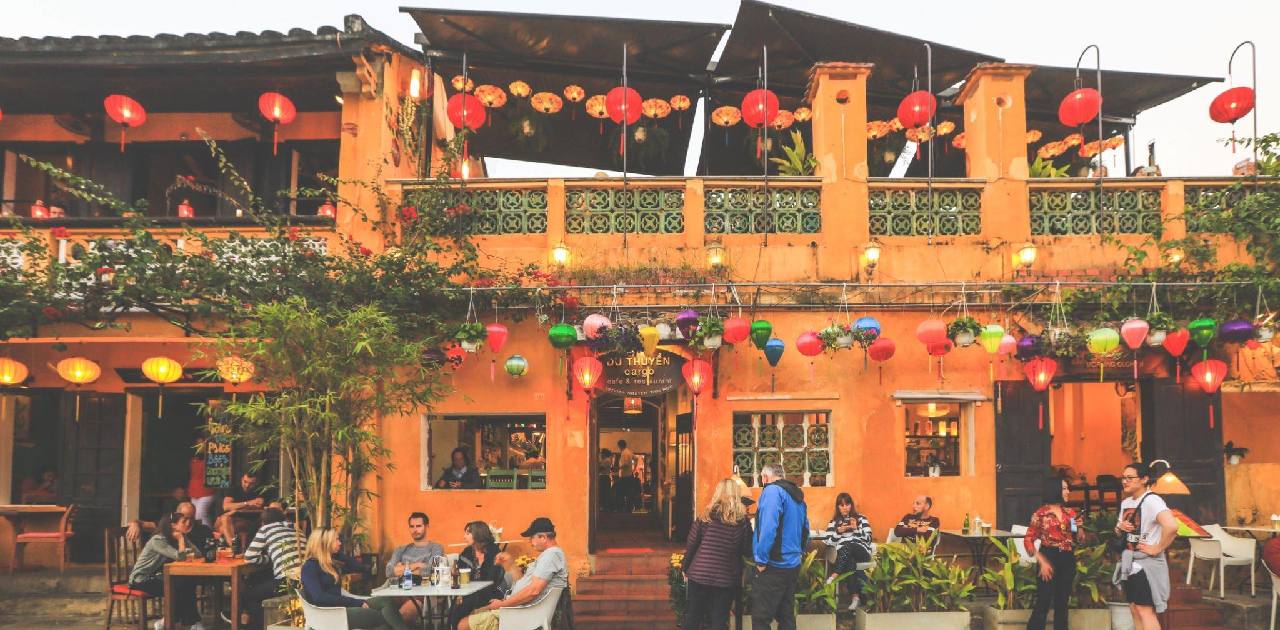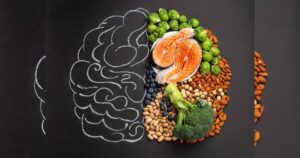Vietnamese cuisine is known for its fresh ingredients, bold flavors, and balance of sweet, sour, and savory tastes. From the iconic bowl of pho to the humble banh mi sandwich, Vietnamese cuisine has captivated food lovers around the world. In this article, we will explore the secrets of Vietnamese cuisine, its history, unique flavors, popular dishes, ingredients, regional differences, cooking tips, best places to try Vietnamese cuisine, and the future of this delicious cuisine.
The History of Vietnamese Cuisine
Vietnamese cuisine has a rich history that has been influenced by various cultures, including Chinese, French, and Thai. It is a cuisine that has evolved over centuries, adapting to the changing times and tastes of the people. The earliest form of Vietnamese cuisine can be traced back to the Red River Delta, where rice cultivation and fishing were the main sources of food. The Vietnamese people learned to use the abundant herbs and spices in their cuisine, which gave their food a distinct flavor.
In the 19th century, the French colonized Vietnam and brought with them a new cuisine that included baguettes, coffee, and pastries. The Vietnamese people adapted these new flavors and created their own unique dishes, such as banh mi, a sandwich made with French bread, pate, and pickled vegetables. Today, Vietnamese cuisine is a blend of traditional Vietnamese dishes, French-inspired dishes, and modern fusion cuisine.
The Unique Flavors of Vietnamese Cuisine
Vietnamese cuisine is known for its unique blend of sweet, sour, and savory flavors. It is a cuisine that relies heavily on fresh herbs and spices, such as lemongrass, ginger, and star anise, to create its distinct flavor profile. Fish sauce, a pungent and salty condiment made from fermented fish, is also a staple ingredient in Vietnamese cuisine.
Another unique aspect of Vietnamese cuisine is its emphasis on texture. Dishes are often served with a variety of textures, from crispy to chewy, to create a satisfying dining experience. For example, banh xeo, a savory pancake filled with pork, shrimp, and bean sprouts, is served with lettuce leaves and herbs for wrapping, adding a fresh and crunchy texture to the dish.
Popular Vietnamese Dishes – Pho, Banh Mi, and More
Pho is perhaps the most well-known Vietnamese dish, and for good reason. This hearty noodle soup is made with a flavorful beef or chicken broth, rice noodles, and various meats and herbs. It is a dish that is enjoyed for breakfast, lunch, or dinner, and is often accompanied by a side of fresh herbs, lime, and chili peppers.
Banh mi is another popular Vietnamese dish that has gained popularity around the world. This sandwich is made with a baguette filled with various meats, pickled vegetables, and fresh herbs. It is a delicious and affordable meal that is perfect for a quick lunch or snack.
Other popular Vietnamese dishes include bun cha, a grilled pork and noodle dish, and goi cuon, fresh spring rolls filled with shrimp, pork, and vegetables. Each dish has its own unique flavor profile and texture, making Vietnamese cuisine a diverse and exciting cuisine to explore.
The Ingredients That Make Vietnamese Cuisine Special
One of the key ingredients in Vietnamese cuisine is rice. Rice is a staple food in Vietnam and is used in a variety of dishes, from noodles to desserts. Fresh herbs and spices are also an essential part of Vietnamese cuisine. Mint, cilantro, basil, and lemongrass are commonly used to add flavor and aroma to dishes.
Fish sauce is another important ingredient in Vietnamese cuisine. It is used to add depth and saltiness to dishes and is often used in marinades and dipping sauces. Other common ingredients in Vietnamese cuisine include coconut milk, tofu, and various types of seafood.
Regional Differences in Vietnamese Cuisine
Vietnamese cuisine varies by region, with each region having its own unique dishes and flavors. In the north, dishes tend to be milder and less spicy, with a focus on grilled meats and noodle dishes. Central Vietnamese cuisine is known for its use of chili peppers and spicy broths, while southern Vietnamese cuisine is influenced by Cambodian and Thai cuisine, with a focus on sweet and sour flavors.
How to Cook Vietnamese Dishes – Tips and Tricks
Cooking Vietnamese dishes can be intimidating, but with a few tips and tricks, anyone can create delicious Vietnamese food at home. One tip is to use fresh ingredients whenever possible. Fresh herbs and spices are essential to the flavor of Vietnamese dishes, so it is important to use them in abundance.
Another tip is to use the right tools. A good quality wok or non-stick pan is essential for stir-frying, while a mortar and pestle is useful for grinding herbs and spices. Finally, it is important to balance the flavors in Vietnamese dishes. Vietnamese cuisine is all about balance, so it is important to use the right amount of sweet, sour, and salty ingredients to create a harmonious dish.
Best Places to Try Vietnamese Cuisine Around the World
Vietnamese cuisine has become increasingly popular around the world, with many cities boasting a wide range of Vietnamese restaurants. Some of the best places to try Vietnamese cuisine include Ho Chi Minh City, Hanoi, and the Mekong Delta in Vietnam. In the United States, cities like San Francisco, Houston, and Los Angeles have a vibrant Vietnamese food scene, with many authentic restaurants and street food vendors.
The Future of Vietnamese Cuisine
Vietnamese cuisine is a cuisine that continues to evolve and adapt to the changing times. With the rise of fusion cuisine and the increasing popularity of vegan and vegetarian diets, Vietnamese cuisine is poised to become even more diverse and exciting. As people around the world continue to discover the unique flavors of Vietnamese cuisine, it is sure to remain a beloved cuisine for generations to come.
Conclusion
Vietnamese cuisine is a cuisine that is rich in history, flavor, and texture. From the iconic bowl of pho to the humble banh mi sandwich, Vietnamese cuisine has captured the hearts and taste buds of food lovers around the world. By exploring the secrets of Vietnamese cuisine, we can gain a deeper appreciation for this delicious and vibrant cuisine. Whether you are a seasoned foodie or a curious beginner, there is always something new and exciting to discover in Vietnamese cuisine.
